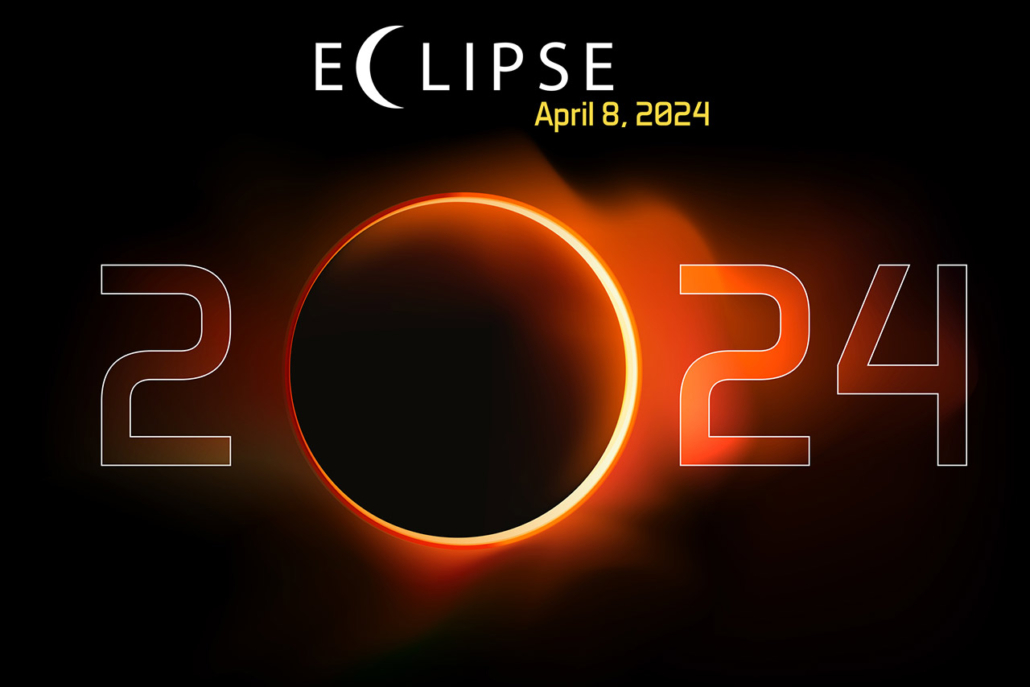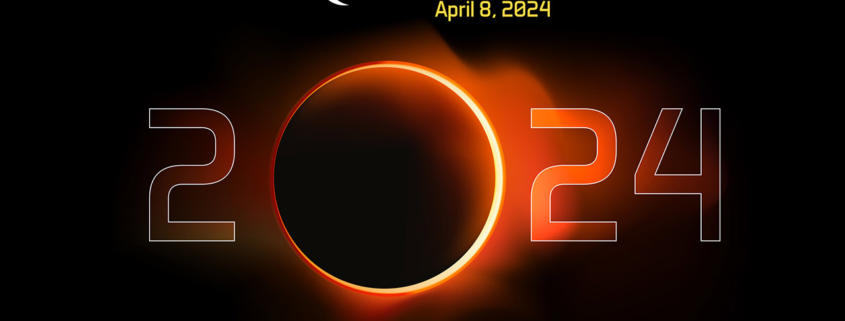Neighborhood News: Where to watch Monday’s Solar Eclipse in Chicago

On Monday, April 8, for the second time in a decade, Chicago will experience a partial solar eclipse.
The last total solar eclipse was in 2017.
A partial solar eclipse, according to NASA, happens when the Moon passes between the Sun and Earth but the Sun, Moon, and Earth are not perfectly lined up. Only a part of the Sun will appear to be covered, giving it a crescent shape. During a total or annular solar eclipse, people outside the area covered by the Moon’s inner shadow see a partial solar eclipse.
In the U.S., according to an ABC News report, the path of totality, i.e. the track of the moon’s shadow across Earth’s surface, begins in Texas and will travel through Oklahoma, Arkansas, Missouri, Illinois, Kentucky, Indiana, Ohio, Pennsylvania, New York, Vermont, New Hampshire and Maine.
While Chicago won’t have the 100% totality that other parts of Illinois (primarily Southern Illinois) will have, Chicagoans will still get the lion’s share of the eclipse, with around 94% totality. The sun’s path behind the moon will travel through our area from 12:51 pm to 3:22 p.m., reaching peak totality at 2:07 p.m.
What is an eclipse?
According to NASA’s website, solar eclipses happen when the Moon passes between the Sun and Earth, casting a shadow on Earth that either fully or partially blocks the Sun’s light in some areas. This only happens occasionally, because the Moon doesn’t orbit in the exact same plane as the Sun and Earth do. The time when they are aligned is known as eclipse season, which happens twice a year.
After April 2024, the next total solar eclipse visible in the U.S. will happen in August 2044.
Eclipse Events Around Chicago
Thereare numerous events aroundChicago,but the world-renowned Adler Planetarium1300 S. DuSable Lake Shore Drive, is hosting Eclipse Encounter ’24, a free outdoor event featuring safe solar viewing through telescopes on the Telescope Terrace, telescopes for solar projection and eclipse photography.free solar viewer giveaways (while supplies last), and photo opportunities with Big Solar Eclipse glasses. Attendees are encouraged to walk around, hang out, and observe the sky while the eclipse is happening. Tickets are not required for this free outdoor (weather dependent) event. For more information, click here.
At the Museum of Science and Industry, 5700 S. DuSable Lake Shore Drive, from 10 am to 3:30 pm, there are no free events, but all eclipse activities are included in museum admission. You can check out the eclipse up close with telescopic viewing of the Moon crossing the Sun’s path through solar telescopes, watch a NASA livestream with the Museum’s own NASA Solar System Ambassador, or take part in family- and student-friendly hands-on activities. MSI will also have satellite locations at Millennium Park, the Michigan Avenue bridge, Oak Street Beach, and the DuSable Museum. For tickets and information, click here.
Pullman National Historical Park and State Historic Site, 614 E. 113th Street, is hosting an eclipse viewing party from 1-3 pm featuring NASA Ambassador Mark Benson. The free event includes eclipse-themed snacks, a limited number of viewing glasses, hands-on activities with the NPS Rangers, and an Ask a NASA Ambassador Q&A session. The park advises people to bring lawn chairs if you need seating.
Tips for Watching the Eclipse
Protect your eyes!!
According to the National Eye Institute, solar eclipses can be viewed safely by looking through special-purpose solar filters. These filters must meet an international standard, indicated by ISO 12312-2 certification. They must have the manufacturer’s name and address printed somewhere in the product, and not be older than three years or have any scratches on the lenses.
Never look at the sun through binoculars, photo cameras, telescopes or any optical device using eclipse glasses or handheld filters. The sun will burn through them and damage your eyes. There are special filters that can be attached to the front of optical equipment if you choose to watch the eclipse that way.
Alison Moran-Powers and Dean’s Team Chicago



